In all areas of food manufacturing, from meat and salt processing to dairy blending to winemaking, blending and temperature control are two important processes, which help transform various products into a suitable state for consumption or further processing. Mixers and plate heat exchangers are therefore two valuable pieces of equipment in any industrial food processing plant.
Why are mixers used in industrial food processing?
Mixers and agitators allow food and beverage manufacturers to effectively blend ingredients to meet their required consistency, to effectively impart flavour and to achieve the desired texture and appearance. Depending on the specific application, the viscosity of the product being made and consumption or safety requirements, different mixers can be used. Mixers used in food processing should always be made from food grade materials, such as polished stainless steel, plastics and other hygienic materials, and should be cleaned regularly to prevent buildups of old food substances or contamination. A variety of mixers and agitators can be used for food processing, some of which include:
Top Entry Mixers
One of the most commonly-used types of mixer in any industry, top entry agitators are used in a variety of food processing applications, from maintaining solids in suspension such as salts and flavourings, to mixing beverages and thicker products such as chocolate.
Side Entry Mixers
With an entry point from the side of the tank, side entry mixers move liquid away from the base of the tank to prevent sediment from settling, and are therefore excellent for processes which contain some solids, such as imparting the flavour of oak chips through a batch of wine during the winemaking process.
Emulsifiers
Emulsifying is a process ideal for mixing products that do not typically blend together due to differing particle sizes, such as oil and water. Emulsifiers are therefore especially effective for substances such as yoghurts, custards, mayonnaises, sauces and products which mix oil and water such as oily salad dressings.
High Shear Dispersion Mixers
Dispersion mixers feature a high shear rotating dispersion blade, rather than the typical impellers, and use suction and increased velocity to break down large particles – ideal for blending applications where the particles of one substance are larger than the other. Food and beverage products with solid particles, such as fruit juice mixing, or for blending multiple ingredients such as flour, water and eggs to create dough.
The Importance of Heat Exchangers in the Food Processing Industry
Heat transfer is a vital process in food processing, as it controls the temperature of food or beverage substances and therefore can be used to sterilise or preserve edible products. It is common for plate heat exchangers to be found in food processing plants for a number of purposes. Plate heat exchangers are highly valued in the dairy industry, as they can control fluid temperatures during processes such as pasteurisation of milk or cheese. They can also be used to increase the temperature of foodstuffs for sterilisation purposes, or cool and freeze products for preservation. Gasket plate heat exchangers are a commonly used product for heating and cooling in the food processing industry, as they are energy efficient and easy to clean in place for a more hygienic operation overall.



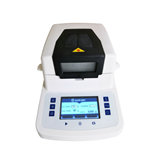






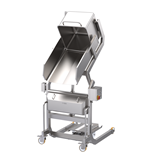


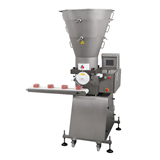
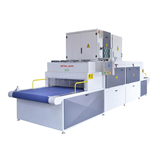
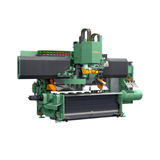


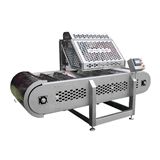
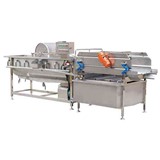
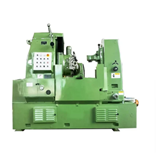
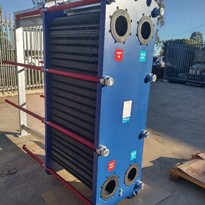
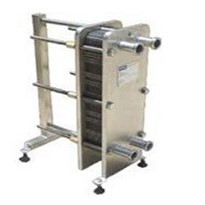
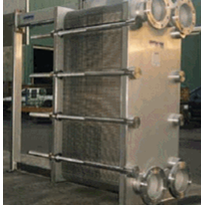
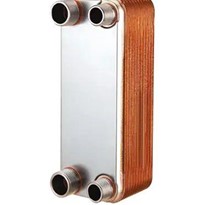
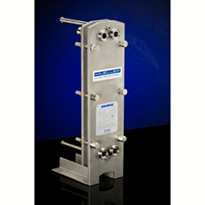
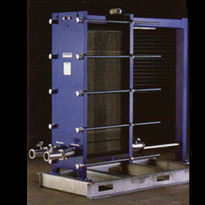
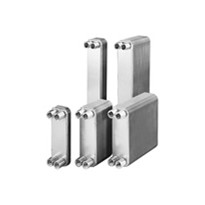

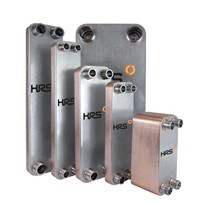
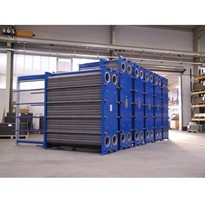
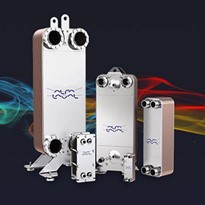
-205x205.jpg)